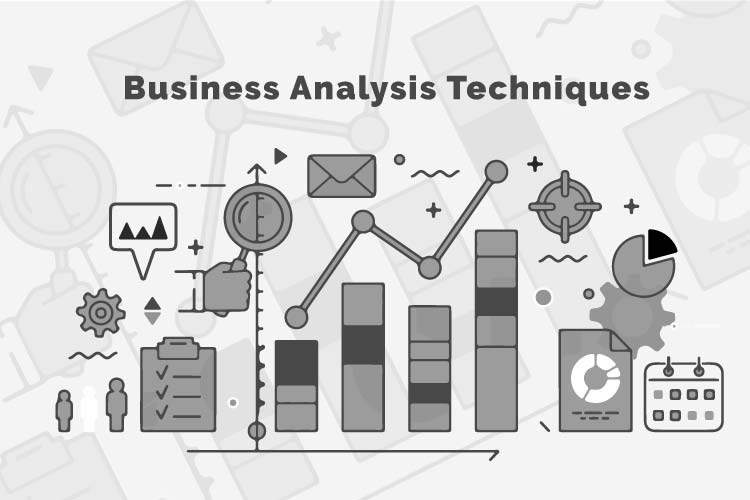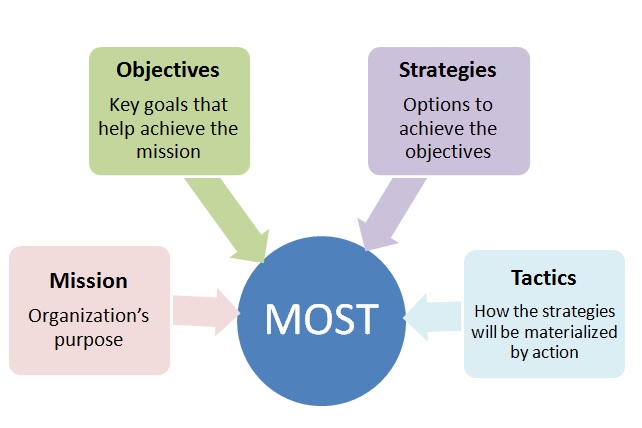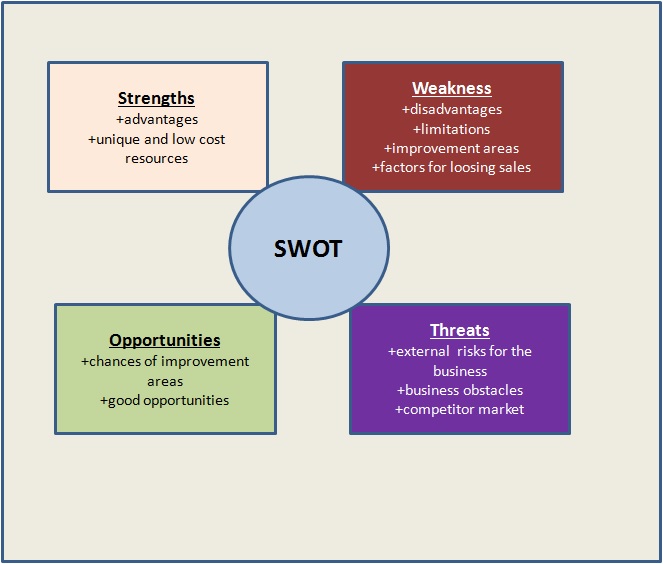
The field of business analysis has seen an entirely new direction over the past few years thanks to the cutting-edge methods of the most effective methods of business analysis. The primary goal of these methods is to achieve the highest quality results as a solution for business.
Effective methods
It’s not the case that the most effective methods of business analysis are employed throughout the entire project. They could be used for a specific stage of a project , such as when you begin the project or after the project is completed. Furthermore there is no guarantee that all the top business analysis techniques can be applied to every project. They are specifically designed for a specific project and are used to fulfill specific needs.
Business analysis methods are methods used to develop and implement plans to determine the needs of a business and achieving the highest quality outcomes. There isn’t any “one size fits all” approach because each company or organisation is unique.
2. MOST Analysis
The term MOST stands for its four elements
M-Mission
O-Objective
S-Strategy
T-Tactics
MOST analysis is an effective business analysis framework, and is among the top business analysis techniques that allows business analysts to examine what an organization is doing and how it plans to reach its goal, and what it needs to do to keep its the strategic alignment. Therefore, MOST analysis provides an effective way of understanding the capabilities of an organization and mission.
A Quick Definition of Business Analysis
Business analysis is an umbrella term describing the combination of knowledge, techniques, and tasks employed for identifying business needs, then proposing changes and creating solutions that result in value for the stakeholders.
Although a significant number of today’s business analysis solutions incorporate software and digital data-based elements, many professionals in the field may also end up advising on organizational changes, improving processes, developing new policies, and participating in strategic planning.
So, business analysts spur change within an organization by assessing and analyzing needs and vulnerabilities, then creating and implementing the best solutions. Much of the information used to draw these conclusions comes from data collected by various means, often falling under the term “big data.”
Next, let us understand more about Business Analysis techniques.
What is Business Analysis Techniques?
Business analysis techniques are processes used to create and implement plans necessary for identifying a company’s needs and delivering the best results. There is no such thing as a “one size fits all” technique because every business or organization is different.
Best Business Analysis Techniques
- Business Process Modelling (BPM): BPM is commonly used during the project’s analysis phase in order to identify and analyze gaps between the business’s current process and the future processes the company is aiming for. This method is comprised of four parts:
- Strategies for planning
- Analysis of business models
- Define and design the procedure
- Analysis of technical details for business-specific solutions
Many industries, particularly the IT sector, are in favor of this method since it’s an easy and straightforward method to show the steps involved in the process of execution and demonstrate how it can be used in various capacities.
- Brainstorming Nothing beats old-fashioned brainstorming to come up with new ideas, discover the root cause of a problem and develop solutions to business issues that are complex. Brainstorming is a group-based technique that is commonly employed in other ways like PESTLE as well as SWOT.

- The CATWOECATWOE determines top players and their beneficiaries, and combines the views of all stakeholders into one single platform. Business analysts utilize this technique to evaluate the extent to which a planned action will affect different stakeholders. The acronym is a reference to:
Clients:Who benefits from the company?
actors:Who are the players in the process?
Transform Process The transformation taking place at the base of this system?
World ViewWhat do you think is the biggest picture? What are the implications of it?
owner: who owns the affected system, and what’s their relationship?
Environmental Constraints How do you define the constraint and what impact do they have on the final solution?
MoSCoW (Must or Should Could , or Would): Not just a city located in Russia, MoSCoW prioritizes requirements by providing an evaluation framework that ranks each requirement against the other. The framework forces users to consider the necessity of a particular item. Are the items necessary or desirable? Is there something in the demand that can make the product better or could it be beneficial for the future?MOST (Mission, Objectives, Strategies, and Tactics) Analysis:
MOST is a robust business analysis framework–considered one of the best techniques for understanding an organization’s ability and purpose. This approach involves performing a thorough, comprehensive internal analysis of the company’s objectives and the best way to achieve them. The acronym means:

- The mission of the organization: What is the mission of the organization?
- The Objectives Which are your primary goals that will help in achieving the purpose?
- strategies: What are the alternatives to achieve the goals?
- Techniques: What are the strategies that an organization must use to implement the plans?
- PESTLE Analyzing: Business analysts use the PESTLE model (sometimes also known as PEST) to determine the elements that affect their company’s performance and determine the best way to tackle these when making business decisions. The influences that can be identified are:
- Politics: Financial support and subsidies, government initiatives and policy.
- Economic Costs of energy and labour as well as inflation and interest rates.
- Sociological Culture, education media, life and the population.
- Technology: New information and technology for communication systems.
- LegalLocal or national laws and regulations, as well as standards for employment.
- Environment:Waste, recycling, pollution and weather.
Through analyzing and studying these aspects, analysts get more knowledge of their impact on the organization. impact the organization’s narrative. This knowledge is what makes more straightforward for managers to devise strategies to deal with these factors.
SWOT analysis:
The most well-known methods in the field SWOT analyzes the strengths and weaknesses of an organization’s structure and presents the weaknesses as threats and opportunities. This information aids analysts to make better choices about resource allocation, and also provide suggestions for improvement of the organization. The four SWOT elements are:

- The StrengthsThe strengths of the company or project which give it an edge over its competitors.
- Schwanks:Characteristics of the business which are negative for the company or project when compared with the competition or other projects.
- PossibilitiesElements are present within the surrounding environment and a business or project could profit from.
- Risks elements in our environment which could harm the business or project.
SWOT is a straightforward and versatile method that can be equally effective when it comes to an in-depth or quick analysis of any size organization. It is also helpful for analysing other areas like groups or functions, as well as individuals.
- Six Thinking Hats: This business analysis method can guide a group’s thought by helping them look at diverse perspectives and concepts. The six hats are:
- WhiteFocuses the data you have and your logic.
- RedUses emotion, intuition and gut feelings.
- BlackConsider possible negative outcomes and what could be wrong.
- YellowFocus only on positives Keep an optimistic outlook.
- GreenUses creativity.
- BlueTakes all the major factors into consideration, and process control.
The technique of the six thinking hats is frequently utilized when brainstorming is used in conjunction with it and brainstorming, as a way to guide the team’s thinking processes and encouraging the team to think about different perspectives.










